Stassa Patsantzis
Meta-Interpretive Learning as Metarule Specialisation
Jun 09, 2021
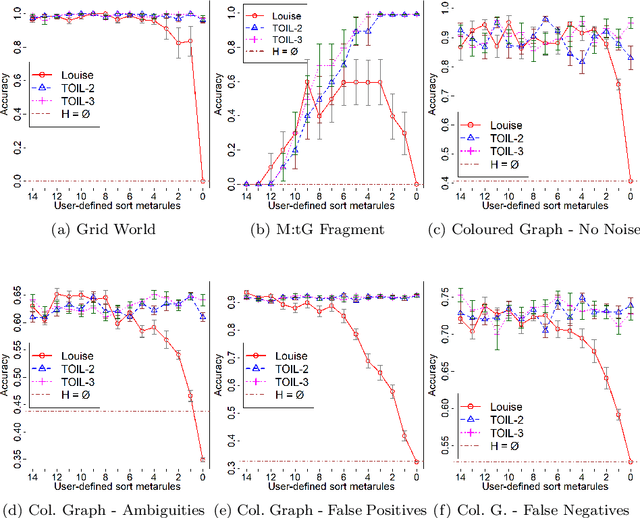
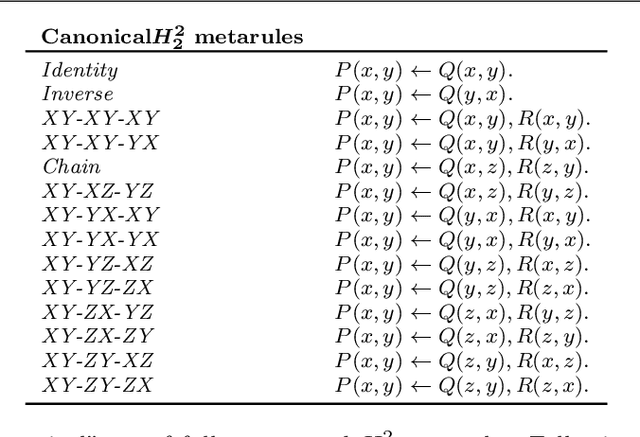
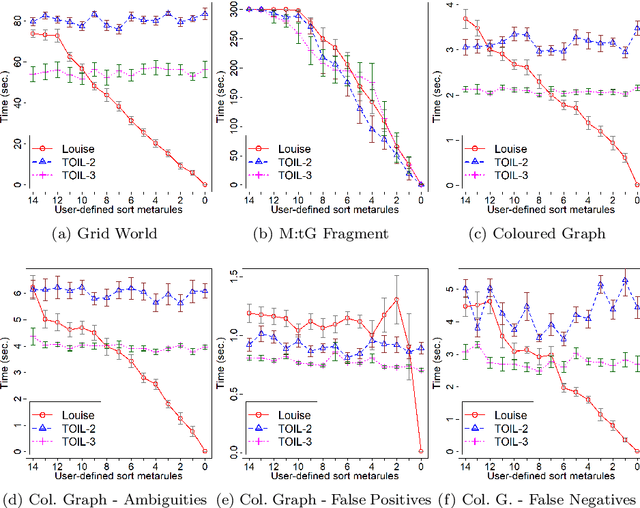
Abstract:In Meta-Interpretive Learning (MIL) the metarules, second-order datalog clauses acting as inductive bias, are manually defined by the user. In this work we show that second-order metarules for MIL can be learned by MIL. We define a generality ordering of metarules by $\theta$-subsumption and show that user-defined sort metarules are derivable by specialisation of the most-general matrix metarules in a language class; and that these matrix metarules are in turn derivable by specialisation of third-order punch metarules with variables that range over the set of second-order literals and for which only an upper bound on their number of literals need be user-defined. We show that the cardinality of a metarule language is polynomial in the number of literals in punch metarules. We re-frame MIL as metarule specialisation by resolution. We modify the MIL metarule specialisation operator to return new metarules rather than first-order clauses and prove the correctness of the new operator. We implement the new operator as TOIL, a sub-system of the MIL system Louise. Our experiments show that as user-defined sort metarules are progressively replaced by sort metarules learned by TOIL, Louise's predictive accuracy is maintained at the cost of a small increase in training times. We conclude that automatically derived metarules can replace user-defined metarules.
Top Program Construction and Reduction for polynomial time Meta-Interpretive Learning
Jan 13, 2021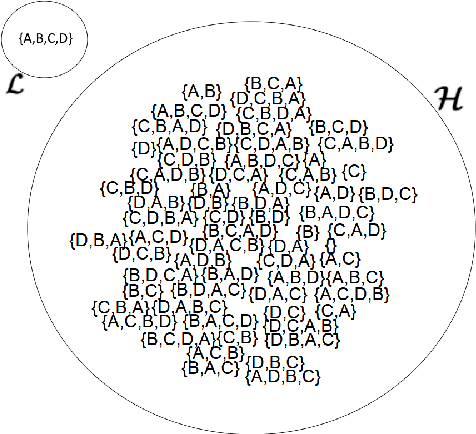
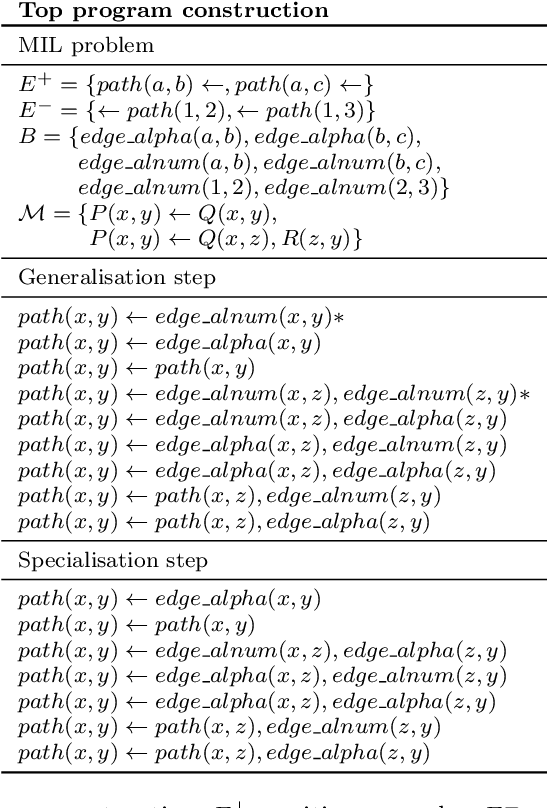

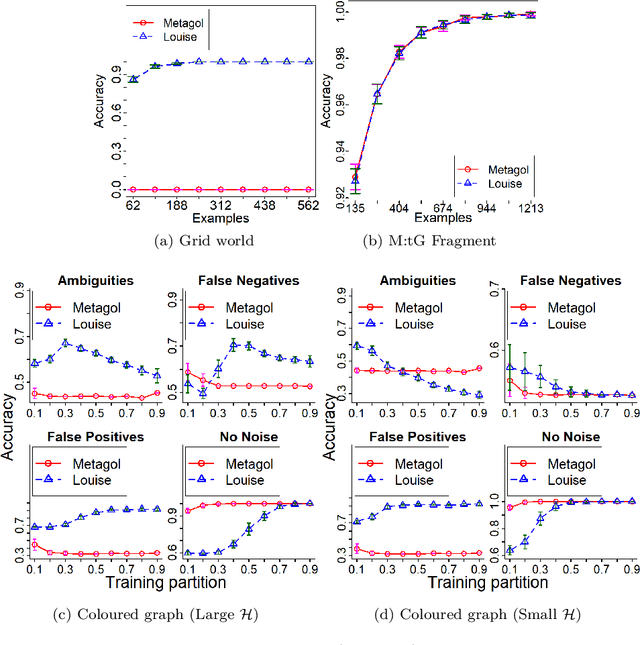
Abstract:Meta-Interpretive Learners, like most ILP systems, learn by searching for a correct hypothesis in the hypothesis space, the powerset of all constructible clauses. We show how this exponentially-growing search can be replaced by the construction of a Top program: the set of clauses in all correct hypotheses that is itself a correct hypothesis. We give an algorithm for Top program construction and show that it constructs a correct Top program in polynomial time and from a finite number of examples. We implement our algorithm in Prolog as the basis of a new MIL system, Louise, that constructs a Top program and then reduces it by removing redundant clauses. We compare Louise to the state-of-the-art search-based MIL system Metagol in experiments on grid world navigation, graph connectedness and grammar learning datasets and find that Louise improves on Metagol's predictive accuracy when the hypothesis space and the target theory are both large, or when the hypothesis space does not include a correct hypothesis because of "classification noise" in the form of mislabelled examples. When the hypothesis space or the target theory are small, Louise and Metagol perform equally well.
 Add to Chrome
Add to Chrome Add to Firefox
Add to Firefox Add to Edge
Add to Edge